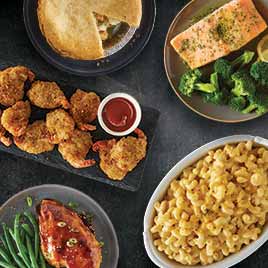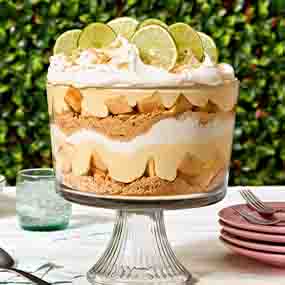
main menu
-
Shop
-
Departments
- Produce
- Bakery
- Deli
- Meal Solutions
- Meat
- Seafood
-
Grocery
Grocery
- View All
- Applesauce & Fruit
- Baking Needs
- Breakfast & Cereal
- Candy
- Canned Meat & Seafood
- Canned Vegetables
- Condiments & Dressing
- Convenience Meals
- Cookies
- Greeting Cards
- International
- Packaged Bread, Muffins & Pastries
- Pasta, Sauces & Sides
- Peanut Butter, Jelly & Honey
- Rice, Beans & Potatoes
- Sauces, Spices & Seasonings
- Snacks, Chips, Crackers & Nuts
- Soups
- Dairy
- Frozen
- Beverages
- Baby
- Pet
- Home Needs
- Health & Beauty Care
- View All
- Hannaford to go
- Gift Cards
- Special Occasion Orders
Other Ways to Shop -
Departments
-
Save
-
Get Inspired
Featured Recipes
Meredith Hannaford
Meredith Hannaford(03253)
We've pre-selected this store to help you explore our products and services. If this isn't your store, select a new store to see the prices and products in your area.
Select a New Storeloading







